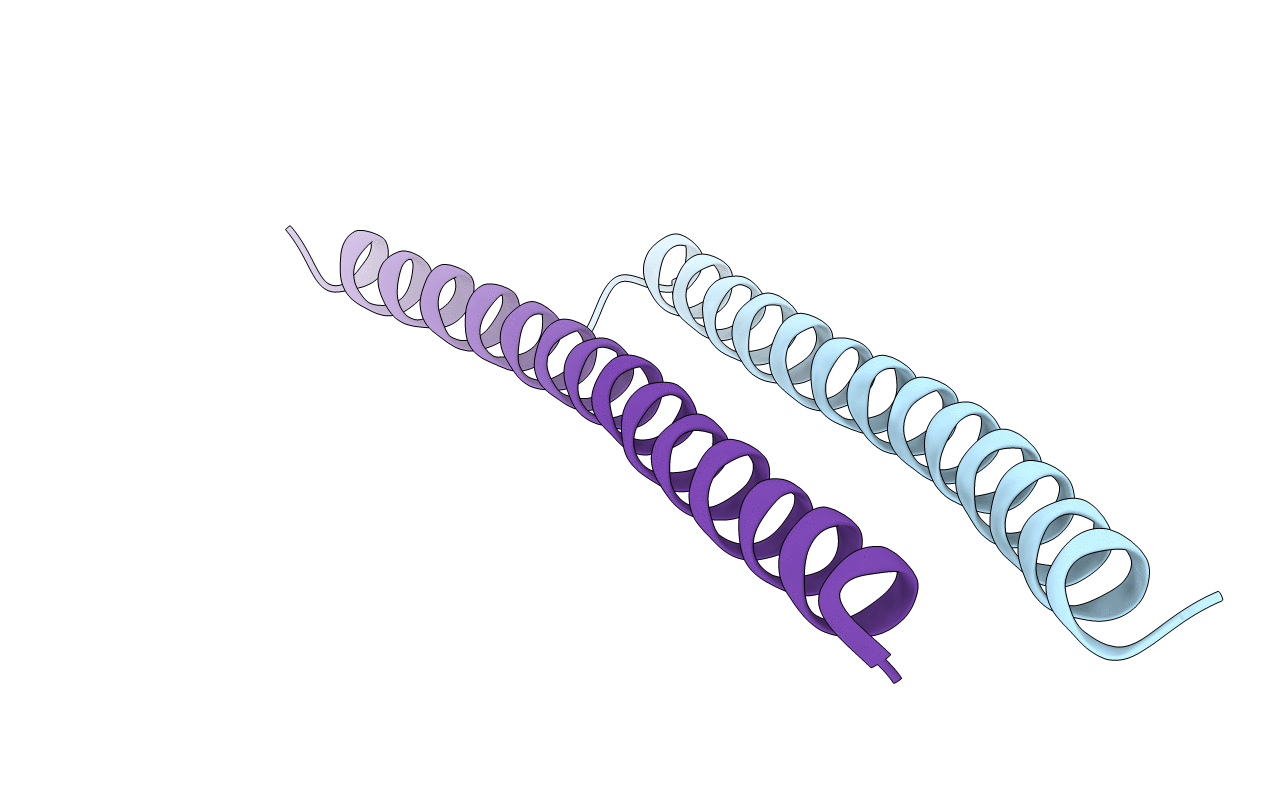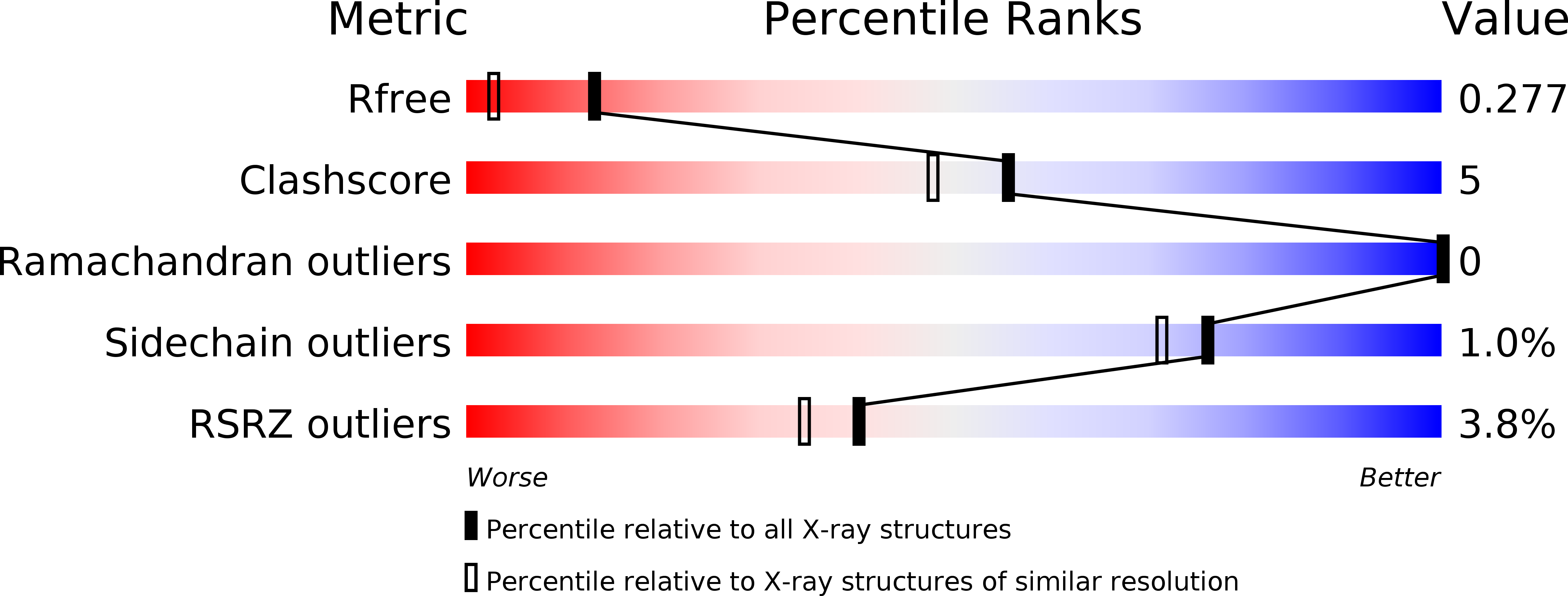
Deposition Date
2018-06-25
Release Date
2018-12-26
Last Version Date
2023-10-11
Entry Detail
PDB ID:
6DVU
Keywords:
Title:
Structure of the Monoclinic-1 (Monocl-1) Crystal Form of Human Apolipoprotein C1
Biological Source:
Source Organism:
Homo sapiens (Taxon ID: 9606)
Method Details:
Experimental Method:
Resolution:
1.80 Å
R-Value Free:
0.27
R-Value Work:
0.22
R-Value Observed:
0.22
Space Group:
P 1 21 1


